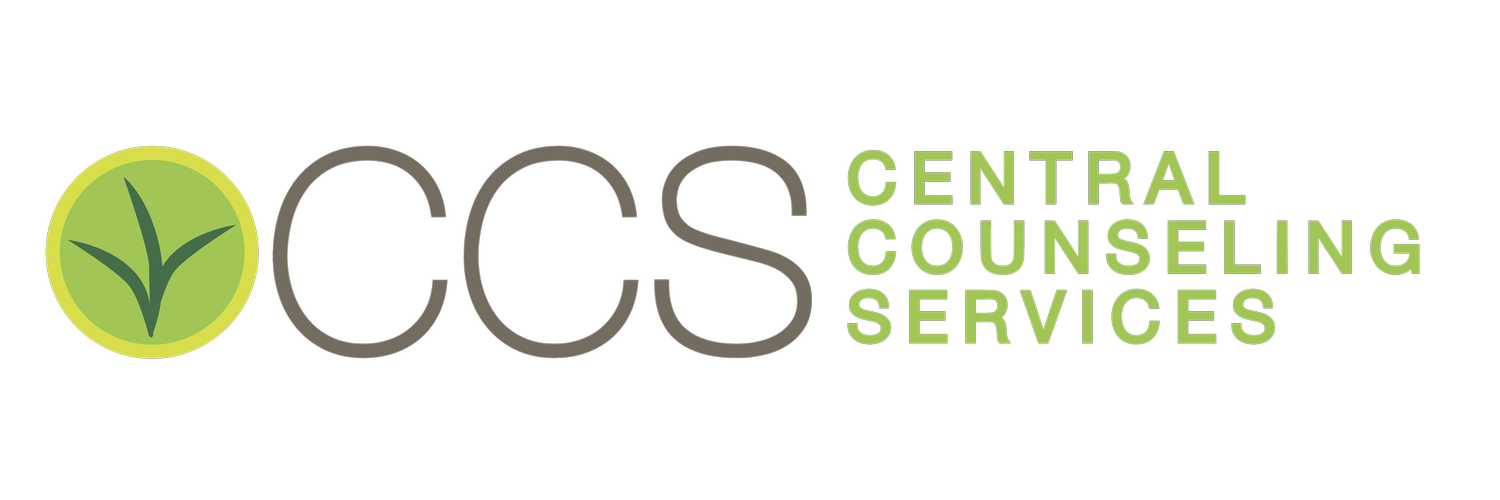There has been an increased awareness in the need to explicitly state our needs and wants in different areas of our lives (work, school, friends, romantic relationships, children). As a self-identified introvert, it was difficult for me to be assertive growing up. The following suggestions are things I began implementing in my early years as an undergrad psychology student which I now show my clients how to use. Here is a gentle reminder that it is possible to be introverted and assertive. It is possible to come from a family culture or heritage where self-advocacy was not an option and now acquire the skills to thrive in this emerging new environment while remaining true to your culture and self.
The Prep Work
1. Identify what kind of communicator you are: Passive, Aggressive, Passive-Aggressive, or the “ideal” Assertive. Think of communication in a continuum where passive and aggressive are opposites, and in the middle you have assertive.
2. Write it down: Write down what you want, then break it down to how you want to deliver it. My personal favorite is “I” statements because it helps you focus on what you need, what you feel, and why. It avoids putting blame on others and opens the door for two two-sided conversations.
3. Practice: this may seem silly, yet we were not born speaking. Practice in front of the mirror saying your argument or need out-loud. You can also practice with people you trust and get feedback on your delivery. If you are in therapy, your therapist can recreate scenarios for your to practice.
Time for Action
1. Timing: you will want to have the conversation when both parties have time and are aware of the conversation that’s about to happen. You do not want to start a long discussion right before work and risk things getting placed on hold- it is possible to do but you’re learning, so choose wisely at first and later you can adapt to find what works for you and others.
2. Tone: remember I mentioned passive-aggressive earlier? Well, tone plays a big role. If you’re passive you let things go easily even though internally you may want a different outcome. Sometimes people become passive-aggressive before they reach assertiveness. This happens when what you say is harsh yet said nicely or you say nice things in a mean way. The tone is important.
3. Compliments: starting with what the other person is doing right and honestly appreciating those things is helpful. Here's an example of wanting to give feedback to your parent: “I like that you make time to take me to soccer practice. And I still want to talk about how I feel sad because I want to go to the beach with my friends after practice which I understand means spending gas to take me and you mentioned that would be hard for you to do."
4. Set boundaries: it’s okay to say “NO”. It’s also okay to say you need more time to regulate your emotions if during the conversation you begin to feel shut down. It’s okay to state how the conversation is feeling for you “I feel upset because we’re using loud tones of voice so I want to take a break to cool down before we continue talking”. It’s also okay to accept other’s boundaries.
5. Compassion: be compassionate towards yourself. Even when things may not work out as expected. Be compassionate towards the other person for perhaps their journey towards assertiveness is not quite there yet. Give yourself praise for trying because you trying to be more assertive is in of itself, a change from being passive.
As per usual, reach out with comments on the box bellow or our IG page, @brainhealth4all. Tell us what you think about this blog and feel free to drop suggestions on future blogs you might find helpful. Remember that we are available to set an appointment if you would like support in learning how to be assertive or need other types of mental wellness support.
Best of luck on your journey towards assertiveness.

